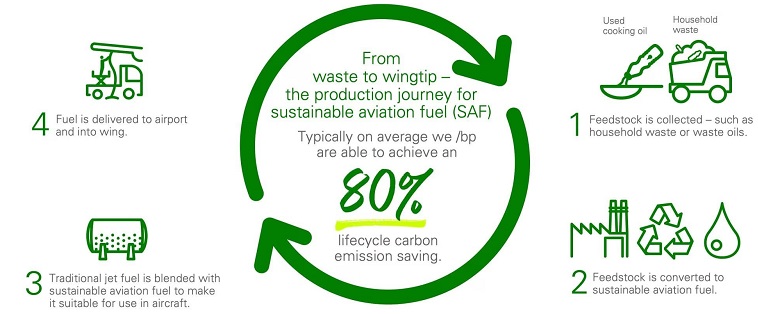7667766266
enquiry@shankarias.in
With the recent boom in the global aviation sector and rising air travel demand in India, concern for global carbon emissions due aviation is at the forefront.
Aviation turbine fuel (ATF), also known as jet fuel, is a petroleum-based fuel that powers aircraft with gas-turbine engines. It consists of hydrocrabons like paraffins, cycloparaffins or naphthenes, aromatics, and olefins.
The international aviation industry has set an aspirational goal to reach net zero carbon by 2050. Airlines and manufacturers are investing heavily in SAF, with giants Boeing and Airbus keen on tapping this disruptive trend.
